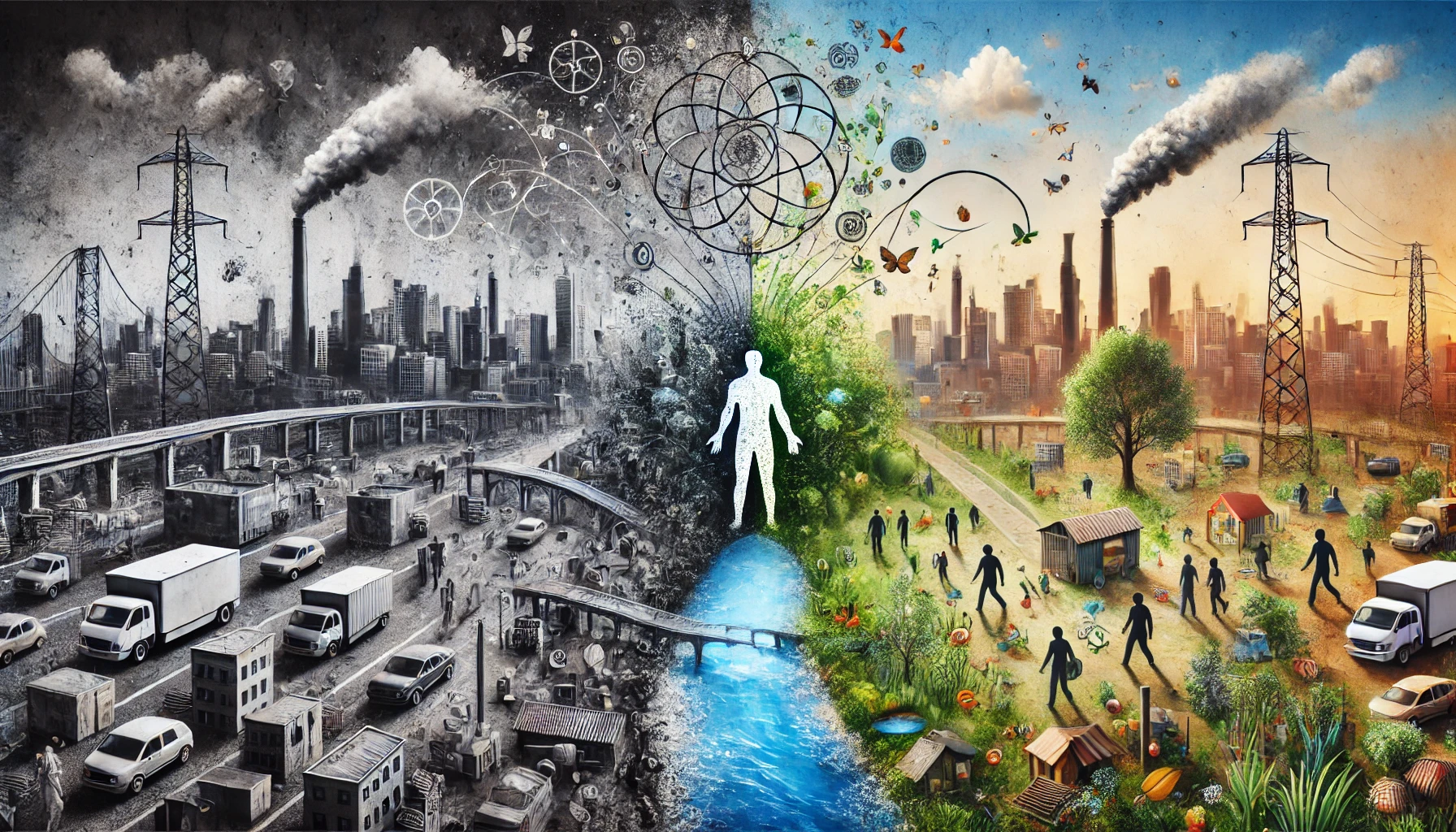The relationship between the environment and criminal behavior is a core subject that has captured the attention of criminologists, sociologists, and psychologists alike. The environment in which an individual is raised plays a significant role in shaping their personality and behaviors, including tendencies toward criminal activities. But does the environment create criminals, or does it merely act as a catalyst for latent criminal tendencies?
In this article, we will explore this topic through the following sections:
- The impact of social environment on criminal behavior.
- The influence of economic environment on criminal behavior.
- The role of family environment in shaping criminal tendencies.
Each section will be detailed, citing key thinkers and studies that have explored these dimensions.
Section 1: The Impact of Social Environment on Criminal Behavior
1. Defining the Social Environment
The social environment refers to the relationships individuals have within their community, including family, neighbors, schools, and peers. This environment significantly impacts individual values, beliefs, and behaviors.
2. The Role of Peer Groups in Shaping Criminal Behavior
Edwin Sutherland, the American sociologist and founder of the Differential Association Theory, argued that criminal behavior is learned through interaction with others. He emphasized that individuals acquire criminal norms and values from their surroundings, especially if those surroundings include models of criminal behavior.
3. Societal Factors Promoting Crime
- Social Discrimination: Marginalized groups often resort to crime as a reaction to systemic injustices.
- Overcrowded Urban Areas: High population density and poor infrastructure are often linked to higher crime rates.
- Negative Peer Influence: Studies have shown that associating with delinquent peers significantly increases the likelihood of engaging in illegal activities.
4. Supporting Studies and Examples
- In his Anomie Theory, Robert K. Merton demonstrated that social disintegration caused by an imbalance between societal goals and means of achieving them pushes individuals toward crime.
- Research by Shaw and McKay on Chicago’s impoverished neighborhoods revealed that urban areas characterized by poverty and social disorganization contribute significantly to criminal behavior.
Section 2: The Influence of Economic Environment on Criminal Behavior
1. The Role of Poverty and Unemployment
Poverty is one of the most significant drivers of criminal behavior. Limited economic resources often compel individuals to commit crimes to meet their basic needs.
Gary Becker, an economist, suggested that poverty induces psychological and social pressures that make crime a survival mechanism for some.
2. Economic Inequality and Class Divides
Thinkers like Karl Marx posited that economic disparities between classes foster conflict, often manifesting as crimes like theft and fraud, as individuals seek to balance perceived injustices.
3. Economic Disparities Across Regions
- Wealthy neighborhoods juxtaposed with impoverished areas create feelings of resentment and frustration among the disadvantaged.
- Economic prosperity in certain regions can paradoxically lead to increased crimes like fraud and corruption.
4. Studies and Supporting Examples
- A study by Richard Cloward in the 1990s highlighted that crime rates are higher in economically unstable regions.
- Recent research in developing nations has confirmed that prolonged unemployment significantly raises the likelihood of criminal behavior.

Section 3: The Role of Family Environment in Shaping Criminal Tendencies
1. The Family as the Foundation of Socialization
The family is the first institution that molds an individual’s values and behaviors. Dysfunctional family environments, such as those characterized by neglect or abuse, often predispose individuals to criminal behavior.
2. The Impact of Parental Absence
- Absence of a Parent: Studies like John Bowlby‘s research on attachment show that parental absence leads to feelings of insecurity, which may result in deviant behaviors.
- Harsh Parenting: The use of violence in child-rearing creates aggression, which can later manifest as criminal tendencies.
3. Substance Abuse Within Families
Families affected by drug and alcohol abuse often present negative role models, increasing the risk of delinquency among children.
4. Supporting Studies and Examples
- A study by Michael Rutter on American families revealed that children raised in disrupted family environments are significantly more likely to commit crimes compared to their peers from stable families.
- Deborah Kaplan‘s research highlighted that families lacking affection and communication often drive their members toward criminality.
Critique and Analysis
1. Overemphasis on Environmental Factors
Some researchers argue that excessive focus on social and economic environments neglects the role of genetics and psychology.
2. The Interaction Between Environment and Genetics
Studies like Caspi’s research reveal that individuals living in crime-fostering environments and possessing genetic predispositions are more likely to exhibit criminal tendencies.
3. The Role of Culture and Media
The media has a dual role; it can raise awareness against crime but also serve as a source of negative influence by glamorizing violence.
Conclusion
Environmental factors remain among the most critical influences on criminal behavior. However, understanding this relationship cannot be isolated from other contributors such as genetics and psychology.
Effective crime prevention strategies require holistic approaches that address social and economic conditions while emphasizing the family’s role in nurturing the next generation.
This article aims to shed light on the interplay between environmental factors and criminal behavior to encourage future research and sustainable solutions.

